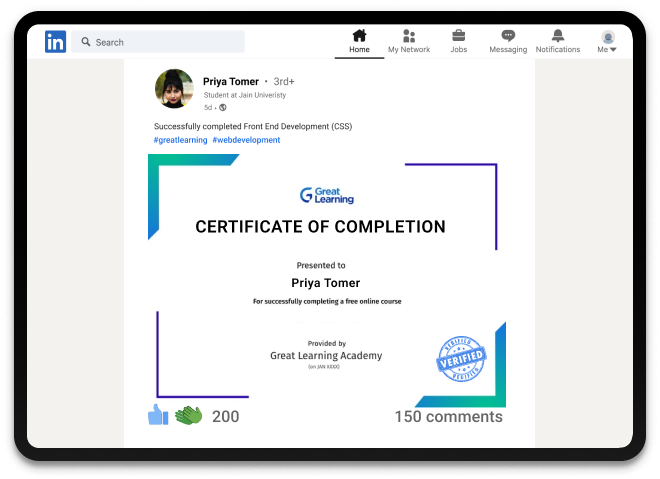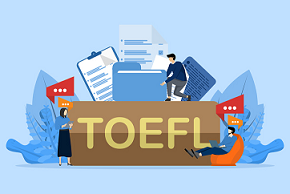Introduction to Web Content Management System
Enrol for this free Introduction to Web Content Management System to learn from experts on Web Content Management System, Search Engine, Crawling, Indexing, Ranking and more. Start today and enhance your knowledge in this domain!
What you learn in Introduction to Web Content Management System ?
About this Free Certificate Course
In this course, we'll cover some essential topics that will help you understand the world of web content management system and its relationship with search engines. Firstly, we'll explore search engines and their role in the online world. You'll learn how search engines work, how they index web pages, and how they retrieve relevant results for user queries. Understanding search engines is crucial because they play a significant role in driving traffic to your website. Next up, we'll discuss search engine strategy. We'll delve into various techniques and best practices to optimize your website's visibility in search engine results. You'll gain insights into keyword research, on-page optimization, link building, and other strategies that can enhance your website's ranking and increase organic traffic.
Moreover, we'll touch upon the basics of search engine development and optimization. This section will give you an overview of the technical aspects involved in building search engines, including crawling, indexing, and ranking algorithms. Moving on, we'll explore web content management systems (CMS). You'll discover what CMS is, why it's important, and how it simplifies the process of creating and managing website content. We'll cover popular CMS platforms and discuss their features and advantages.
Finally, we'll wrap up the course by examining different types of content management systems. We'll touch upon open-source CMS like WordPress and Drupal, as well as proprietary systems like Adobe Experience Manager and Sitecore. You'll gain insights into their strengths, weaknesses, and ideal use cases. By the end of this course, you'll have a solid foundation in web content management systems and their relationship with search engines. So, let's get started and unlock the power of effective web content management!
Course Outline
In this module, you will learn about Search engines, their importance, and the working of Search engines with respect to Crawling, Indexing, and Ranking.
In this module, you will learn Keyword Selection and the importance of metadata sculpting with metadata tags.
In this module, you will explore the concept of Mozlow's Hierarchy of SEO needs.
In this module, you will learn WCMS (Web Content Management System), its definition, functionality, benefits, and drawbacks. You will also learn the distinctions between content, content management, and a content management system.
In this module, you will learn about CMS (Content Management System) along with its advantages and disadvantages and explore three popular CMS platforms: WordPress, Drupal, and Joomla.
With this course, you get
Free lifetime access
Learn anytime, anywhere
Completion Certificate
Stand out to your professional network
1.0 Hours
of self-paced video lectures
Frequently Asked Questions
What are the prerequisites required to learn this Free Introduction to Web Content Management System Course?
You do not need any prior knowledge to learn this Free Introduction to Web Content Management System Course.
How long does it take to complete this free Free Introduction to Web Content Management System Course?
Introduction to Web Content Management System is a 1.0-hour long course, but it is self-paced. Once you enrol, you can take your own time to complete the course.
Will I have lifetime access to the free course?
Yes, once you enrol in the course, you will have lifetime access to any of the Great Learning Academy’s free courses. You can log in and learn whenever you want to.
Will I get a certificate after completing this Free Introduction to Web Content Management System Course?
Yes, you will get a certificate of completion after completing all the modules and cracking the assessment.
How much does this Free Introduction to Web Content Management System Course cost?
It is an entirely free course from Great Learning Academy.
Success stories
Can Great Learning Academy courses help your career? Our learners tell us how.And thousands more such success stories..
Related IT & Software Courses
Explore new and trending free online courses
Popular Topics to Explore
Relevant Career Paths >
Other IT & Software tutorials for you
Web Content Management System
A web content management system (WCMS) is a software application that enables users to create, manage, and publish digital content on the Internet. It provides a user-friendly interface that allows individuals, businesses, and organizations to maintain their websites without requiring extensive technical knowledge or coding skills. A WCMS simplifies the process of content creation, editing, and distribution, making it an essential tool for website owners and administrators. One of the primary advantages of using a WCMS is its ability to separate content from design. This means that users can focus on creating and organizing their content while the WCMS takes care of the underlying website structure and presentation. The WCMS provides templates and themes that allow users to customize the appearance of their website without altering the content. This separation of content and design ensures consistency across the website and makes it easier to update the site's look and feel.
Another key feature of a WCMS is its collaborative capabilities. Multiple users can access the WCMS simultaneously, allowing teams to work together on content creation and management. Administrators can assign different roles and permissions to users, ensuring that each person has the appropriate level of access and control. This collaboration feature is particularly beneficial for large organizations with multiple departments or teams responsible for website content. Content creation and editing are made simple through the use of intuitive interfaces within a WCMS. Users can create and edit content using a WYSIWYG (What You See Is What You Get) editor, which closely resembles a word processor. This eliminates the need to write or modify HTML code directly, making it accessible to users with limited technical skills. The WCMS also provides a media library where users can upload and manage images, videos, and other files that can be seamlessly integrated into the website's content.
Content organization and management are essential aspects of a WCMS. The system allows users to categorize and tag content, making it easier to search and retrieve information. Users can create and manage multiple pages, blog posts, news articles, and other types of content from a central location. The WCMS also typically includes a search function that enables visitors to search for specific content within the website. Publishing content is a straightforward process with a WCMS. Users can preview how the content will look on the live website before making it public. The WCMS allows for scheduling content publication, enabling users to plan and automate content updates. This feature is particularly useful for organizations that have regular content updates or want to publish content at specific times. Additionally, a WCMS often offers extensions and plugins that expand its functionality. These add-ons can include features such as e-commerce capabilities, social media integration, search engine optimization tools, analytics, and more. The extensibility of a WCMS allows users to customize their website according to their specific needs and goals.
In conclusion, a web content management system (WCMS) simplifies the process of creating, managing, and publishing content on the internet. It provides a user-friendly interface, collaborative capabilities, and content organization tools. With a WCMS, users can focus on creating valuable content without worrying about the technical aspects of website management. Whether it's a personal blog, a small business website, or a large corporate portal, a WCMS is a powerful tool that empowers users to maintain an engaging online presence.










































